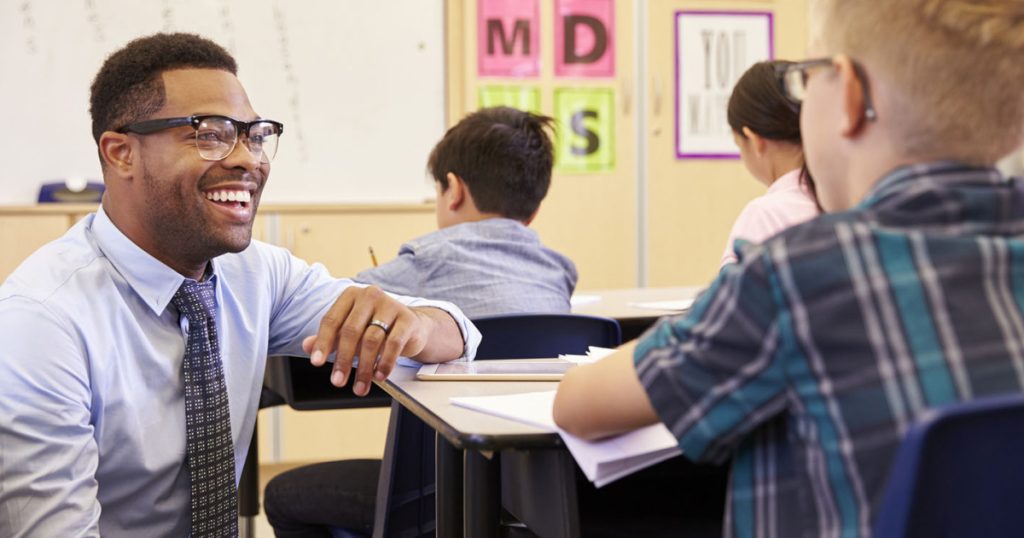
Teaching Is More Than What You See
About The Author Shayla Dowe: Teaching looks simple from the outside. People see a teacher standing in class, giving lessons, and writing on the board. But that’s just a small part of the job. Real teaching starts long before the students arrive and continues long after they leave. It lives in quiet hours, in planning and worrying, and in caring deeply.
When the Bell Rings, the Work Grows
Many people believe the school day ends when the bell rings. But for most teachers, that’s when another shift begins. Lessons need adjusting. Papers pile up waiting for feedback. Emails from parents demand attention. Some teachers sit late at night thinking about a child who seems sad or lost. These moments are never seen, but they shape everything.
The Craft of Planning Lessons
Planning a lesson is not a simple task. A class holds fast learners, slow learners, and students in between. Some come with confidence. Others carry fear or doubt. A good teacher builds one lesson that reaches them all. This work takes skill, creativity, and endless patience. One wrong start can lose the class, while one good idea can light a spark.
The Weight of Emotional Labor
Behavior is only part of classroom control. Teachers manage more than noise. They read the room. They spot the silent child who’s struggling. They calm the angry one without raising their voice. They use body language, eye contact, and tone to steer the energy. They carry emotional weight many don’t understand. When a student acts out, it’s often pain speaking. A teacher sees this and responds with care.
The Pressure of Systems and Standards
Teachers also deal with rules and systems. They must fill reports, record grades, and show progress—even when a student is hungry, tired, or facing trauma at home. The system wants numbers, but growth is not always easy to measure. A child learning to stay seated, to speak kindly, or to trust again—that’s progress too.
The Role of a Quiet Supporter
Beyond academics, teachers often act as counselors. A child may share a secret, a fear, or a deep sadness. A teacher listens, holds space, and still keeps the class moving. They can’t fix everything, but they give steady support. Some children have no one else to trust.
The Quiet Heartbreaks
The job is full of quiet heartbreaks. A child stops coming to school. Another gives up trying. A teacher sees the struggle but feels powerless. Still, they show up the next day and keep trying. They plant seeds even when they may never see the bloom.
Finding Joy in Small Wins
But in all this heaviness, joy lives too. A shy student finally speaks in front of the class. A once-failing child scores their first pass. A former student returns just to say thank you. These moments are small but powerful. They remind teachers why they began.
True Rewards Are Felt, Not Measured
Many teachers say their best rewards are not in paychecks but in people. A smile, a note, a hug at the end of the day. These are the real returns. No test score can match the power of a student feeling seen and safe.
The Risk of Burnout
Yet, the job can wear down even the strongest. The load grows heavier each year. Expectations rise. Respect falls. Teachers are asked to do more with less time, less help, and less trust. Many leave—not because they stop caring, but because the system gives them no room to breathe.
What Support Should Look Like
To support teachers, we must see the whole picture. Teaching is not just about giving information. It is guiding, shaping, and lifting others. It requires heart, strength, and resilience. It demands more than most understand.
The Role of Parents and Students
Parents and students can help too. Parents should speak kindly, show support, and get involved. A teacher and a parent working together can do wonders for a child. Students should listen, try their best, and remember their teacher is human too.
Fairness and Respect Matter
Let us also speak about fairness. Teachers deserve fair pay, respect, and time to rest. They need tools that help, not tasks that drain. They need leaders who trust them and communities that value them.
Teaching Is Deeply Human
Teaching is a human job. It cannot be done by routine alone. It takes empathy, attention, and deep care. Behind every strong student is often a teacher who stood by them, even when no one else did.
Honor What Stays Unseen
We must honor what we don’t see. The late nights. The extra mile. The quiet worry. These things may never appear in reports, but they build futures. When we lift teachers up, we lift everyone.
Look Again—See the Whole Picture
So next time you see a teacher, look again. Behind the lesson is a heart that gives daily. Behind the smile is strength earned through struggle. And behind the scenes is a person doing one of the hardest, most important jobs there is.


